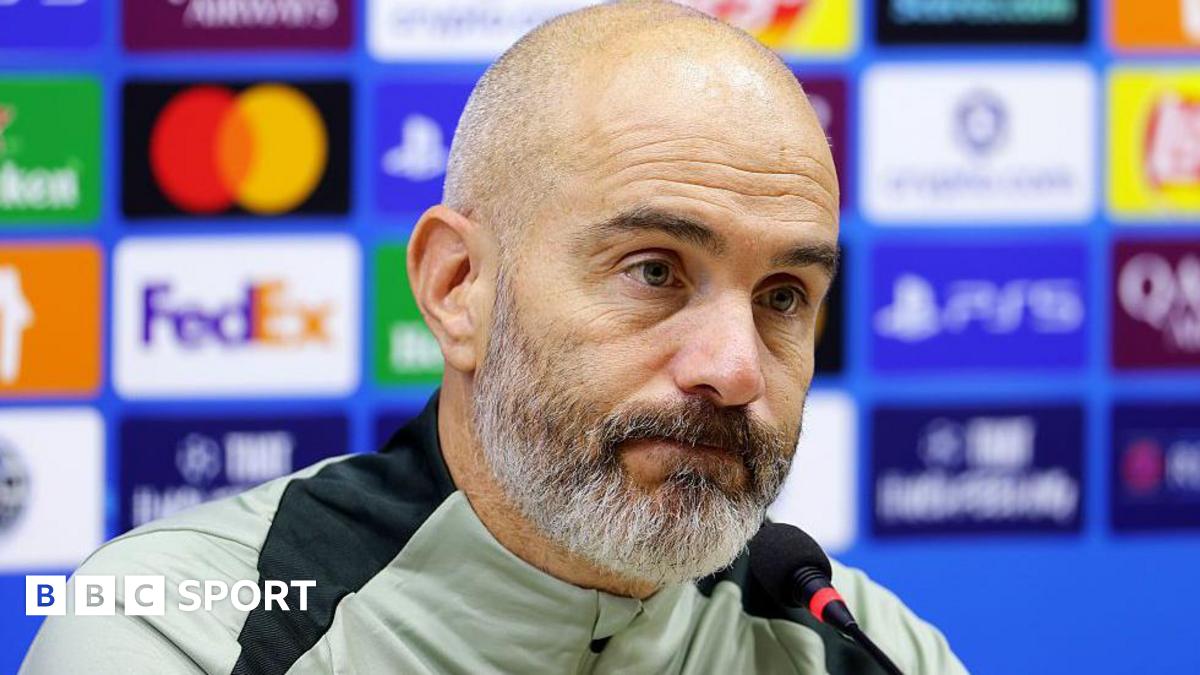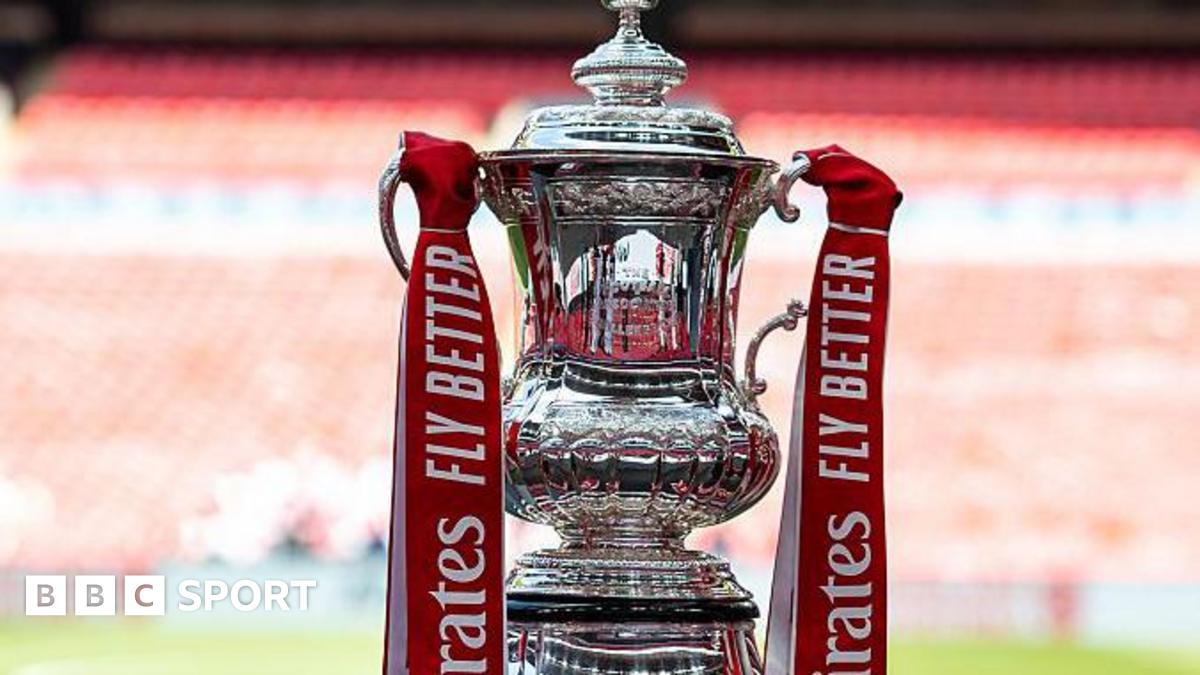The experiment of using Kookaburra cricket balls in some rounds of the County Championship has been scrapped.
Kookaburras have been used in some rounds for each of the past three seasons, but the move was largely unpopular due to the trend of bat dominating ball.
Directors of cricket from the 18 first-class counties expressed their desire to end the experiment in October.
And the decision was confirmed by a meeting of the England and Wales Cricket Board's professional game committee (PGC) earlier this week.
It means all 14 rounds of the 2026 County Championship season will be played with balls manufactured by Dukes.
Dukes are the traditional supplier of cricket balls for first-class cricket played in England. Dukes balls are hand-stitched and, in general, offer more assistance to bowlers.
Kookaburra balls are machine made and are mainly used in countries like Australia, New Zealand and South Africa.
The Kookaburra ball was introduced into the County Championship with the idea of preparing English players for overseas conditions. The theory was that it would encourage bowlers of higher pace and lead to spin having an enhanced role.
It was used for two rounds of matches in 2023, and expanded to four rounds for 2024 and 2025.
Though some of the aims of the experiment were fulfilled - particularly the greater number of overs bowled by spinners - it led to some dull cricket.
In two rounds of Kookaburra matches earlier this summer, played in June, the average first-innings total across the Championship was 430. There were 59 individual scores of 100 or more and Surrey racked up 820-9 declared against Durham at The Oval.
The move to return to the Dukes for the entire Championship season comes after counties rejected proposals to restructure the competition.
A new set-up of 12 teams in the top flight and six in the bottom tier, with each side playing 13 matches, was turned down in favour of the current system.
The Championship will remain with 10 teams in Division One, eight in Division Two, all playing 14 matches.

 2 hours ago
7
2 hours ago
7








 English (US)
English (US)